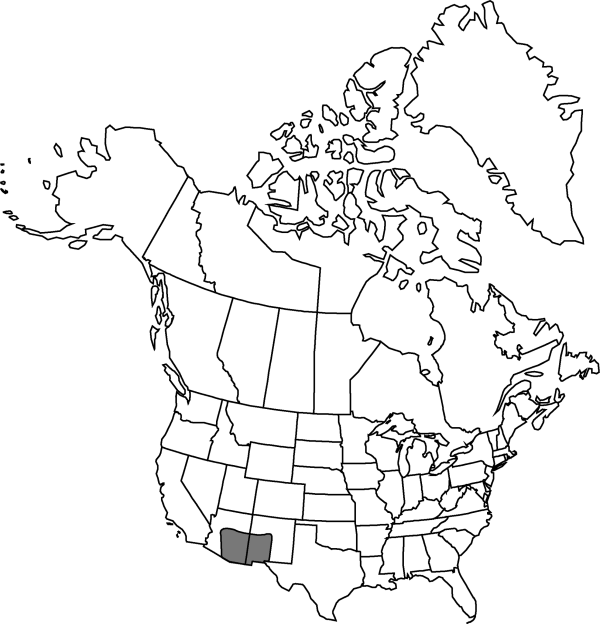Difference between revisions of "Gomphrena caespitosa"
in W. H. Emory, Rep. U.S. Mex. Bound. 2(1): 181. 1859.
Common names: Tufted globe-amaranth
Illustrated
FNA>Volume Importer |
imported>Volume Importer |
||
| Line 8: | Line 8: | ||
}} | }} | ||
|common_names=Tufted globe-amaranth | |common_names=Tufted globe-amaranth | ||
| + | |special_status={{Treatment/ID/Special_status | ||
| + | |code=F | ||
| + | |label=Illustrated | ||
| + | }} | ||
|basionyms= | |basionyms= | ||
|synonyms= | |synonyms= | ||
| Line 45: | Line 49: | ||
|publication title=in W. H. Emory, Rep. U.S. Mex. Bound. | |publication title=in W. H. Emory, Rep. U.S. Mex. Bound. | ||
|publication year=1859 | |publication year=1859 | ||
| − | |special status= | + | |special status=Illustrated |
| − | |source xml=https:// | + | |source xml=https://bibilujan@bitbucket.org/aafc-mbb/fna-data-curation.git/src/bb6b7e3a7de7d3b7888a1ad48c7fd8f5c722d8d6/coarse_grained_fna_xml/V4/V4_890.xml |
|genus=Gomphrena | |genus=Gomphrena | ||
|species=Gomphrena caespitosa | |species=Gomphrena caespitosa | ||
Revision as of 00:20, 28 May 2020
Plants perennial, cespitose, 0.5–1.5 dm; roots primary, diffuse, woody. Stems ascending, with 1–2 pairs of leaves, sparsely villous, often glabrate. Leaves mostly basal; petiole to 3 cm; blade green, obovate or oblong, 3.5–7.5 × 2–3 cm, apex rounded or obtuse, densely grayish appressed-pilose. Inflorescences: heads white, subglobose, 10–17 mm diam.; bractlets not crested, margins dentate near apex. Flowers: tube densely white-pilose; perianth lobes white to yellow, linear to lanceolate, 4.5–5 mm, hyaline, apex obtuse. Utricles ovoid, 2 mm, apex acute. Seeds 1.5 mm.
Phenology: Flowering spring–early summer.
Habitat: Open woodlands, especially oak-juniper woodlands, hillsides
Elevation: 600-2000 m
Distribution

Ariz., N.Mex., Mexico (Sonora).
Discussion
Selected References
None.
Lower Taxa
None.
